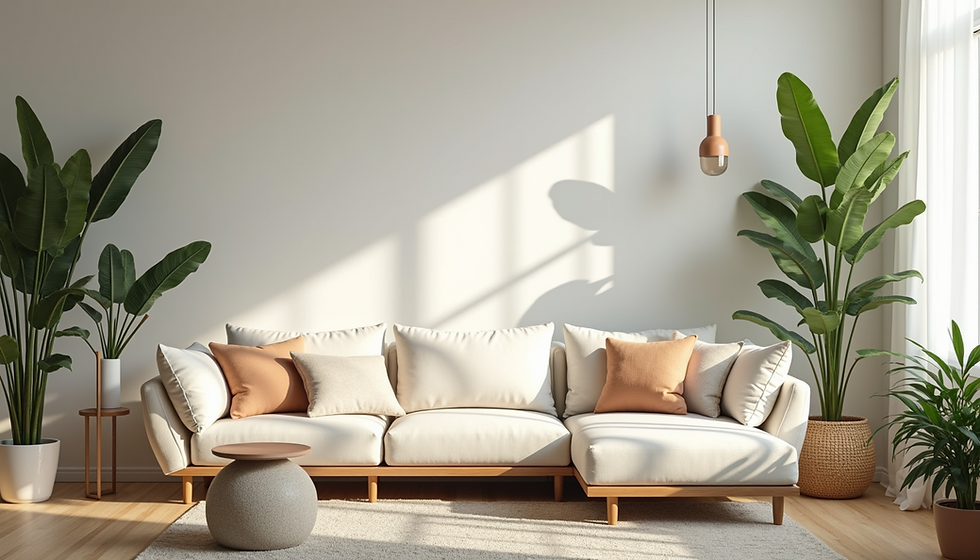5 Common Misconceptions about Minimizing
- Robin Bishop

- Sep 23
- 3 min read
Minimalism has gained popularity in recent years, but many people still misunderstand it. As someone who has explored minimalism myself, I have encountered several misconceptions that can hold people back from experiencing its benefits. Today, I want to clarify what minimalism truly means and debunk some of these myths. Let’s take a closer look at five common misconceptions!
Minimalism IS about Intentional Living
At its core, minimalism is about living intentionally. It encourages us to concentrate on what truly matters while eliminating distractions that can cloud our judgment. This means being mindful of our possessions, relationships, and commitments. For instance, if you own five pairs of shoes but only wear two regularly, minimalism suggests keeping just those two. By prioritizing quality over quantity, we can foster a more fulfilling and purpose-driven life.
Minimalism is NOT about Living with Nothing
One of the most common myths is that minimalism means living with absolutely nothing. In reality, it involves keeping only what you need and love. You don’t need to throw everything away; rather, it is about curating your belongings to reflect your values and lifestyle. For example, instead of discarding every book you own, you could keep those that inspire you or bring you joy. This allows you to maintain a meaningful collection without unnecessary clutter.

Minimalism IS about Freedom
Choosing minimalism can lead to a profound sense of freedom. When we let go of excess belongings, we relieve ourselves of the stress that comes with maintaining and organizing clutter. This newfound space allows us to focus on experiences and relationships instead of chasing after material possessions. For example, many minimalists report feeling less stressed and more focused on pursuing hobbies or spending time with family. A survey indicated that 60% of people practicing minimalism felt an increase in overall happiness after simplifying their lives.
Minimalism is NOT a One-Size-Fits-All Approach
Another misconception is that minimalism follows a strict set of rules. The truth is, minimalism looks different for everyone. What works for one person may not work for another. For some, having a single coffee mug is sufficient, while others might need a few for hosting friends. The key is to find your own balance and define what minimalism means to you personally. Take the time to assess what truly adds value to your life.
Minimalism IS about Sustainability
Many people see minimalism as closely linked to sustainability. By consuming less and opting for quality products, we can reduce our environmental footprint. For example, instead of purchasing fast fashion items, many minimalists choose to invest in a few high-quality clothing pieces made from sustainable materials. Studies show that consumer purchasing decisions account for 60% of global greenhouse gas emissions, so practicing minimalism can make a noticeable difference.
Minimalism is NOT a Trend
Lastly, minimalism is often mistaken for a passing trend. However, it is a lifestyle choice that can bring long-term benefits. It’s not just about decluttering your space; it’s about developing a mindset that values simplicity and intentionality. In a world increasingly focused on consumerism, adopting a minimalist approach can lead to lasting fulfillment.
In summary, minimalism is a valuable tool for creating a more meaningful life. By understanding the reality of what minimalism is—and what it is not—we can embrace this lifestyle without the misconceptions that often surround it. Whether you are someone who treasures belongings or a firm believer in minimalism, there is something beneficial in this philosophy for everyone. Why not give it a try? You may discover that less truly is more!








Comments